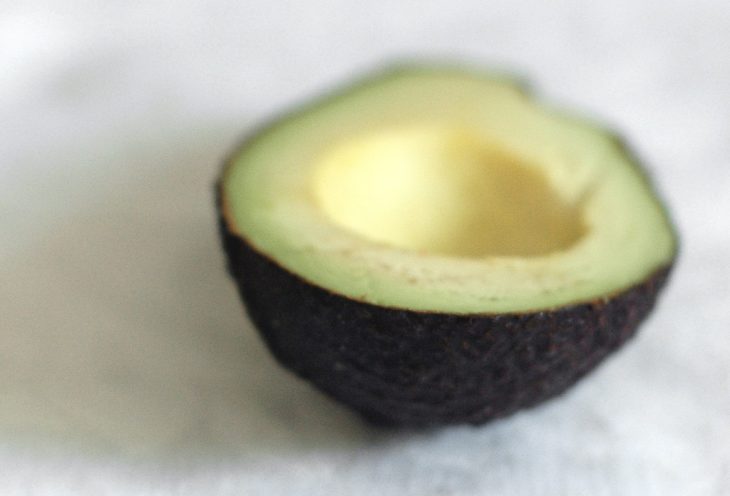With the demand for organic crops and the demand for avocados on the upswing, perhaps it’s only natural that organic avocados would find their way in the marketplace.
“Our organic growers are extremely important,” said Connor Huser, grower relations representative at Mission Produce in Oxnard. “A lot of our customers and consumers are demanding the product. A lot of times, California organics are coming off at a time when other countries of origin don’t have as heavy a supply, so it can really benefit these growers here in California.”
As a percentage of the California crop, organic Hass avocados are on the rise, according to Jan DeLyser, vice president of marketing at the California Avocado Commission in Irvine. As of Aug. 28, the organic Hass harvest was estimated to be 18.6 million pounds, or about 9.9% of the state’s total crop. In 2013-14, California growers harvested 15.4 million pounds of organic Hass avocados, or 5.5% of the total crop.
In 2016, the most recent year for which U.S. Department of Agriculture figures are available, 286 California farms harvested 11,656 tons of organic avocados from 3,883 acres. That crop was valued at $30.7 million.
California Certified Organic Farmers, a USDA-accredited organic certifier, reported 201 CCOF-certified farmers growing organic avocados on nearly 2,000 acres.
“Organic agriculture has steadily grown in recent years,” said Kelly Damewood, chief executive of Santa Cruz-based CCOF. “Similarly, the media has covered the strong consumer demand for avocados. It is likely that consumer demand for both organic and avocados is leading to growth in sales for organic avocado growers and interest from conventional avocado producers to transition.”
As with any other commodity, converting from conventional to organic is a years-long process. Farmers making the switch can’t use prohibited inputs for three years before the first certified organic harvest, Damewood said.
“The main difference between transitioning an orchard compared to a vegetable field is that the existing trees can be transitioned to organic,” Damewood said. “The transition of trees and land happens simultaneously.”
While row-crop farmers can use cover crops and green manures through the transition period, “with orchards there are irrigation costs, pest management, annual pruning, etc. that require a larger financial commitment and continued management,” Damewood added. “Therefore, transitioning orchards can be more expensive and riskier for farmers.”
Huser said more conventional growers are asking about going organic.
“Some are moving forward with that,” Huser said. “Others, you know, it’s somewhat of an intimidating process and they kind of just fall back to the conventional production.”
While the expenses are immediate, the payoff is not.
“During those three years, you have to actively farm as you would be organic, but you’re not getting paid organic prices because you’re not technically certified organic,” Huser said, noting that planting a new grove to be organic is generally infeasible.
“Most growers, if they have healthy trees, they don’t want to take them out of production just to go to organic,” Huser said.
Those who do make the switch will find higher prices for their product. As of Aug. 21, size 48 avocados—an industry standard, with the number representing the amount of fruit needed to fill a 25-pound box—saw field prices of $1.80 to $2 per pound for conventional fruit, according to the California Avocado Society. Organic 48s were fetching $2 to $2.40 per pound.
“It really falls back on the market and what the market’s doing,” Huser said. “This year, there were times when organic pricing fetched a pretty large premium over conventional pricing, but as the conventional market got hot, it closed that gap. So, it can be beneficial, and they do fetch more money. However, it really just falls back on supply and demand.”
Thrips are among the top pest concerns in the grove, said Sonia Rios, a subtropical horticulture advisor at University of California Cooperative Extension in Riverside County.
“What they do is that they jump on the young fruit while it’s still growing, and while they eat, it can scar the fruit,” Rios said. The avocados will appear to have scabs, she added, “and no one’s going to want to buy that.”
While conventional growers are usually on top of their spray programs to keep thrips in check, Rios said, their organic counterparts have more limited options.
“Usually, how those organic pesticides work is that they actually have to come in contact with the insect itself to actually kill it, to knock down the populations,” Rios said.
Rios said a lot of growers in her area have expressed an interest in switching to organic production.



